More entries on 'The Gentleman's Servant'

Ghosts of the Church of St. Clement
The old church of St. Clement, built around 1122 is a principal character in our story. It was described by the antiquary Thomas Hearne as "a very pretty little church," but unable to serve the growing population of the parish, ...

The Narrative Line
With my GPS, I traced the route we know the Gentleman's Servant took across Magdalen Bridge up into modern day Cowley Road. It was hard to imagine the scene in 1770 when the road would have been much quieter. Cars, ...

John Gwynn’s Survey 1772 – Pt 2
Whilst looking through some old research I did a few years ago, I came across the drawing reproduced below of Magdalen Bridge and its environs taken from John Gwynn's survey of 1772.It shows the route we know the stranger took ...

Magdalen Bridge c.1772
The image below is a drawing of Magdalen Bridge made around 1772 by the German artist John Malchair. Following the passing of the Mileways Act in 1771, Malchair made a number of studies of the old bridge so as to ...

John Gwynn’s Survey 1772
Remarkable evidence of those who lived in Oxford around the time the notice appeared in Jackson's Oxford Journal can be found in a survey carried out by John Gwynn in 1772 (John Gwynn also designed the new Magdalen Bridge). Made ...
Magdalen Bridge 2010
Although the present bridge is not that over which the enigmatic stranger crossed, it nonetheless marks the line he travelled and along that line are witnesses to the moment I'm researching. Below are a few photographs which I took today ...

Magdalen Bridge
The bridge over which our Gentleman's Servant rode in December 1770 is not the same bridge which crosses the River Cherwell today. Being as it is an important part of the story, I've copied an entry on the bridge from ...

To Name Him Would Almost Be To Kill Him
If you visit the Westgate Library in Oxford, and make your way to the second floor, to the centre for Oxfordshire Studies; if you ask to see the microfilm of Jackson’s Oxford Journal for February 9th 1771, you will find, ...
John Malchair 1770
The following is a drawing made by John Malchair showing the causeway of what is now Abingdon Road. The rather unusual building is Friar Bacon’s Study which was demolished in 1779. Beneath the drawing is a photograph showing the same causeway, with two arches, a little bit like the arch which can be seen in the drawing.

